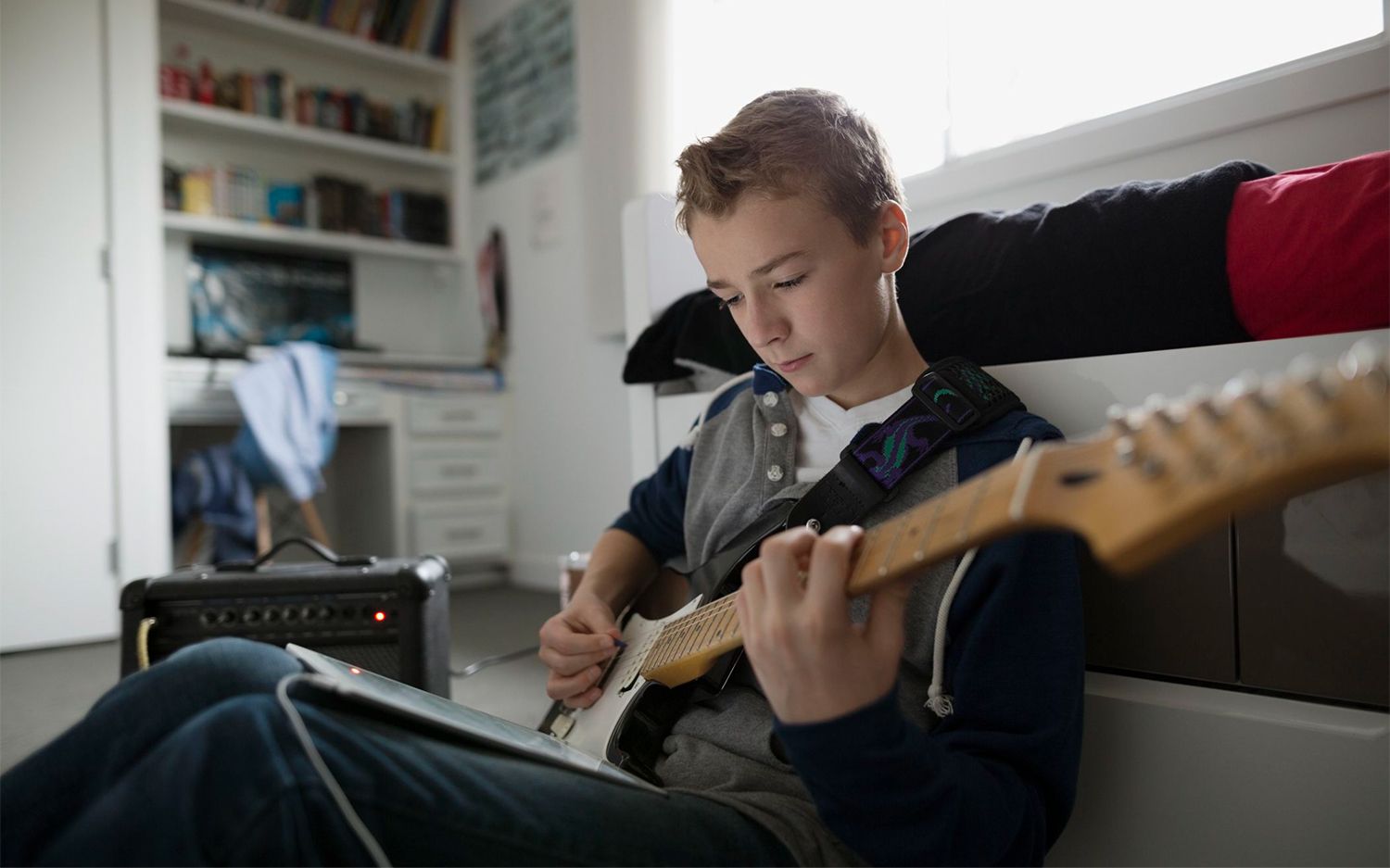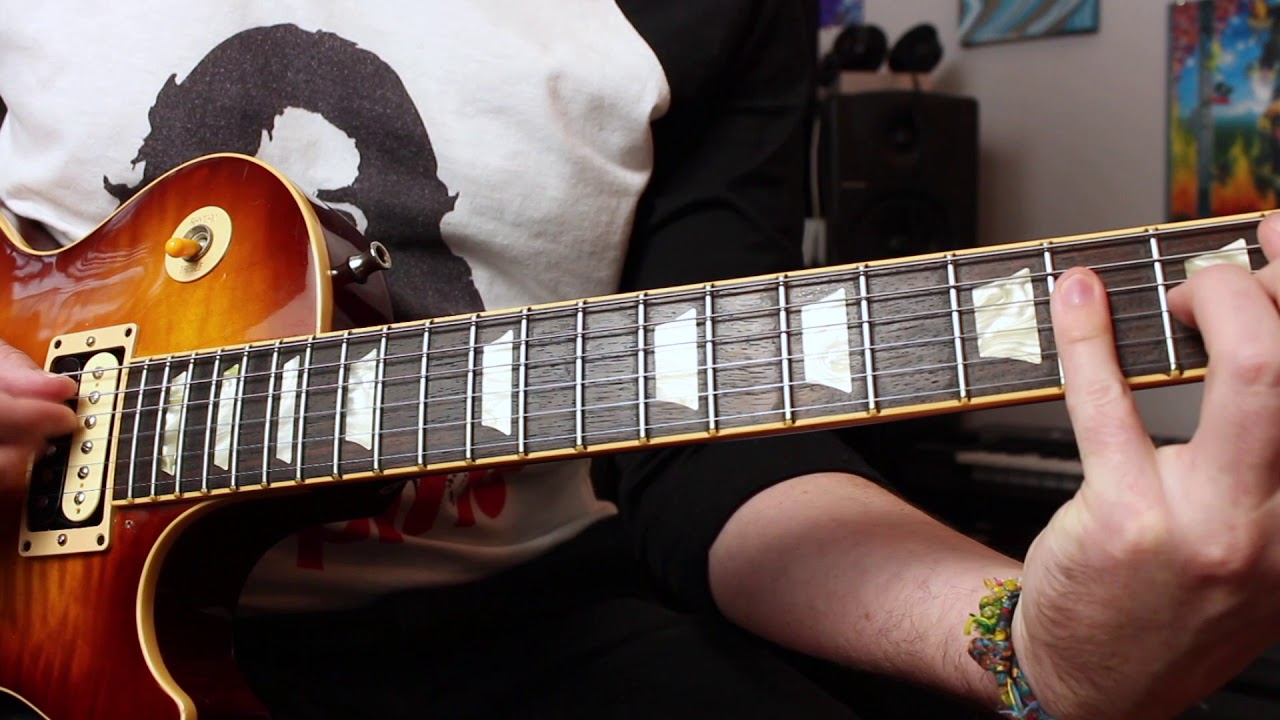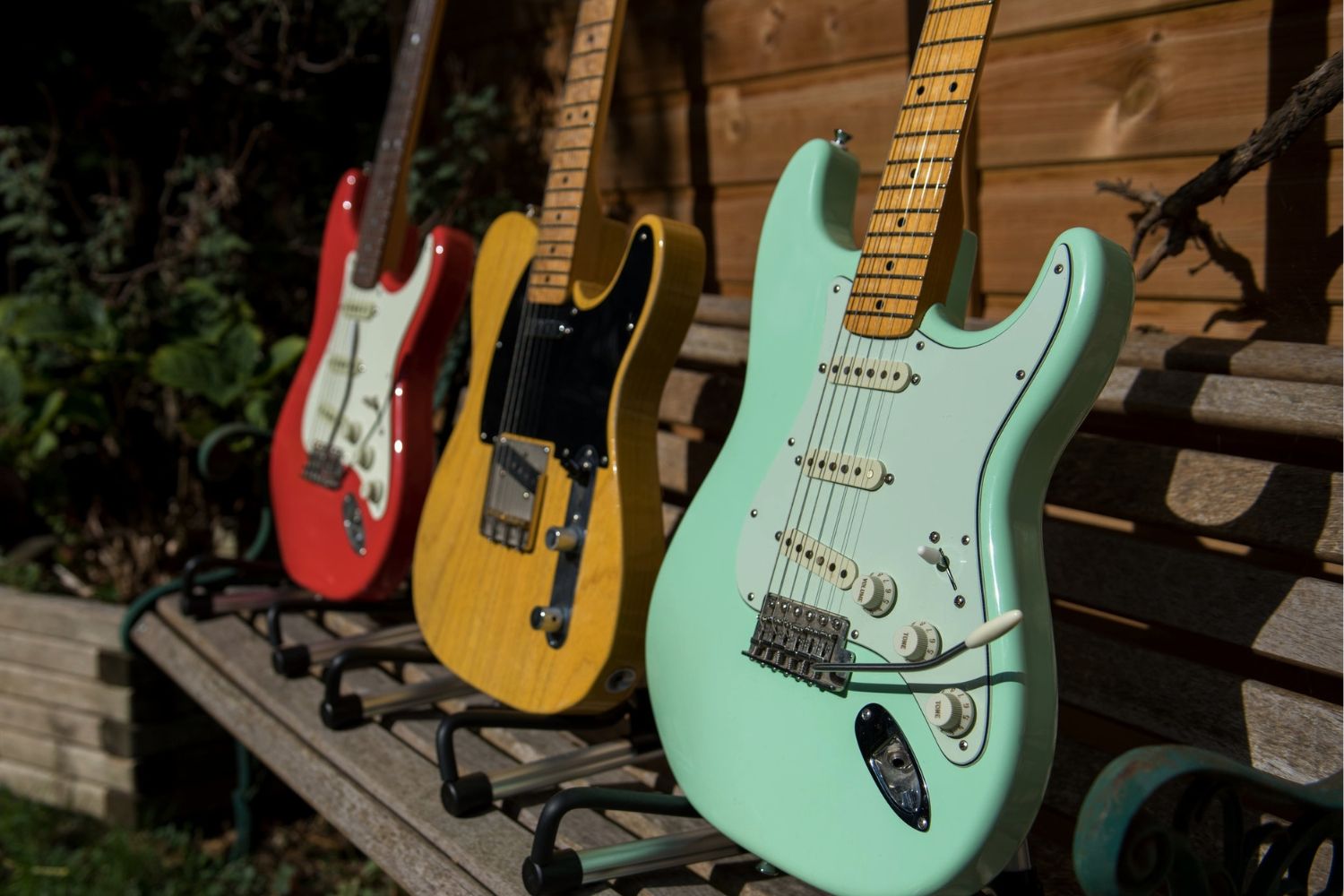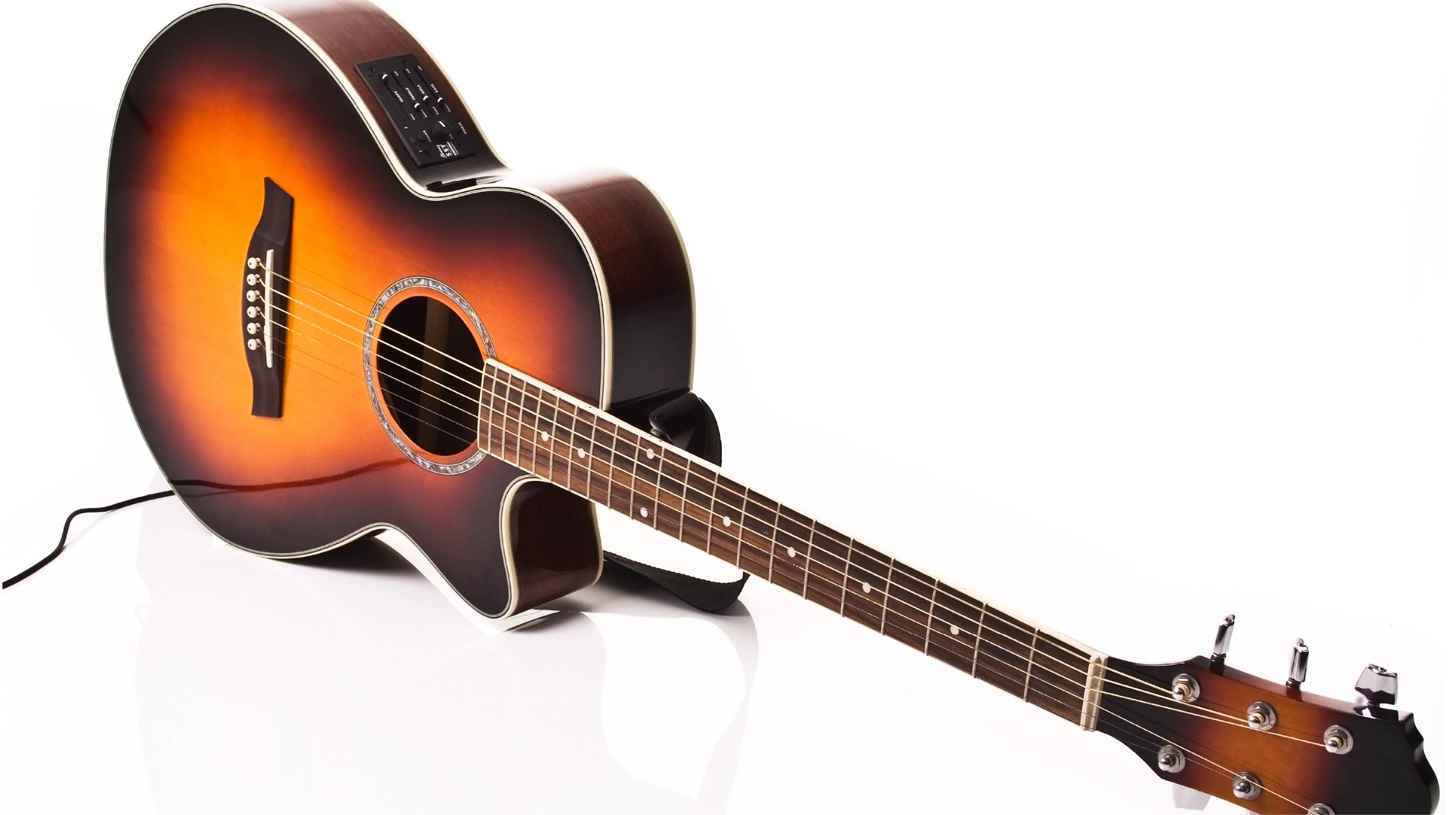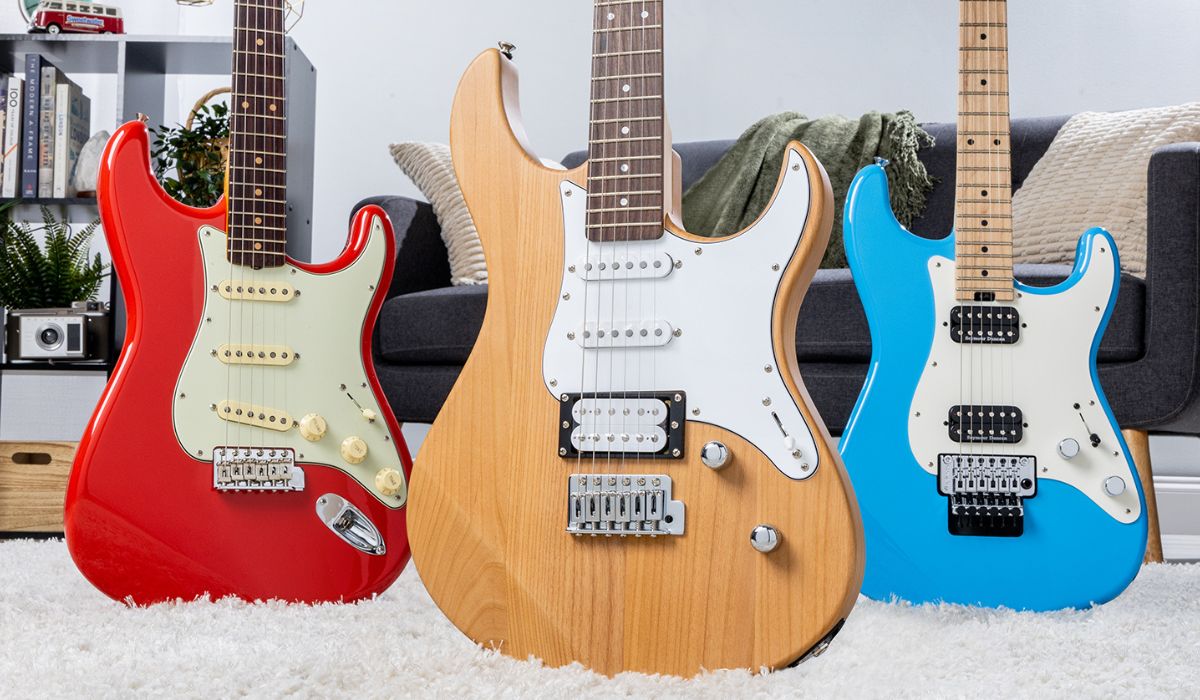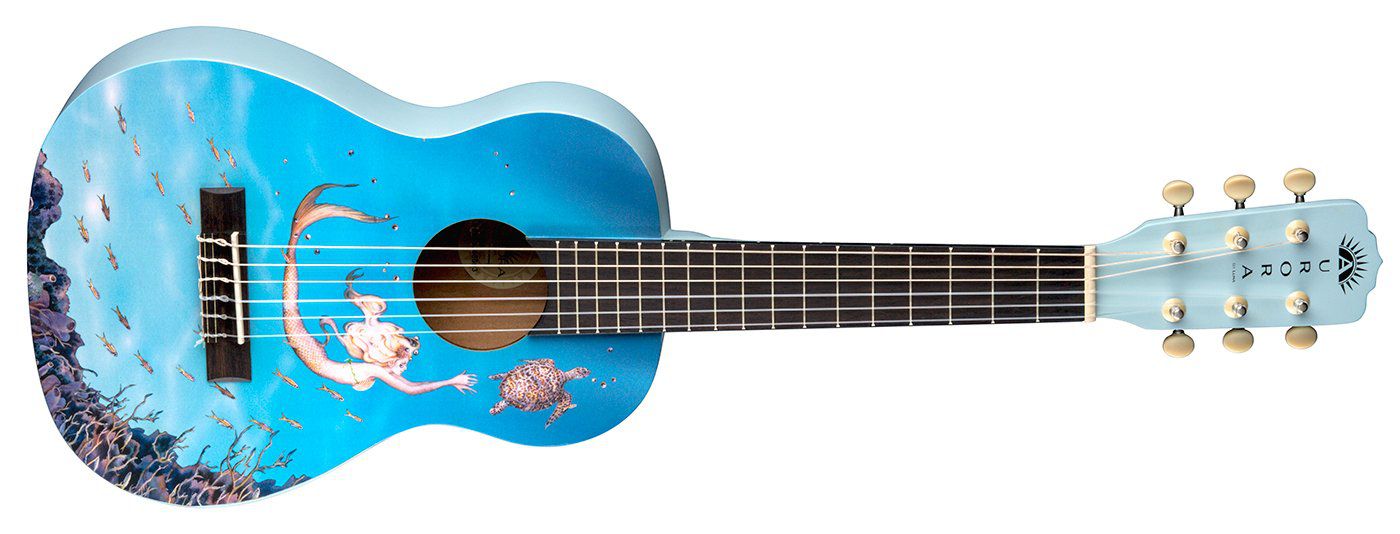Introduction
So, your child has expressed an interest in learning how to play the electric guitar? That's fantastic! The electric guitar is an incredibly versatile and exciting instrument, and it's a wonderful choice for kids who are eager to dive into the world of music. Whether they dream of becoming a rock star or simply want to explore the joy of creating music, learning to play the electric guitar can be an enriching and rewarding experience for children of all ages.
In this guide, we'll walk you through the essential steps to help your child get started on their electric guitar journey. From choosing the right instrument to mastering basic techniques and learning their first song, we'll cover everything your child needs to know to begin playing the electric guitar with confidence and enthusiasm.
Learning to play an instrument offers numerous benefits for children, including improved cognitive skills, enhanced creativity, and a boost in self-confidence. It's also a fantastic way for them to express themselves and develop a lifelong passion for music. As a parent, you have the opportunity to support and encourage your child as they embark on this exciting musical adventure.
Throughout this guide, we'll provide practical tips, easy-to-follow instructions, and fun exercises to keep your child engaged and motivated. Whether they're strumming their first chord or perfecting a challenging riff, we'll help them build a strong foundation and foster a love for playing the electric guitar.
So, grab your child's enthusiasm and let's embark on this musical journey together. With the right guidance and plenty of practice, your child will soon be rocking out on their electric guitar and discovering the joy of creating music in their own unique way. Let's dive in and unleash the potential of your young guitarist!
Choosing the Right Electric Guitar for Kids
When it comes to selecting the perfect electric guitar for your child, there are several important factors to consider. The right instrument can make a significant difference in your child’s learning experience and overall enjoyment of playing the guitar. Here are some key points to keep in mind as you navigate the process of choosing an electric guitar for your young musician:
- Size and Weight: For kids, it’s crucial to choose a guitar that is appropriately sized and lightweight. Look for models specifically designed for children, as these guitars are crafted with smaller bodies and necks, making them more comfortable and manageable for young players.
- Quality and Durability: Opt for a well-constructed guitar that can withstand the inevitable bumps and knocks that come with learning. While it’s important to consider your budget, investing in a durable instrument will ensure that your child can enjoy playing without the frustration of dealing with a low-quality guitar.
- Playability: The playability of the guitar refers to how easy and comfortable it is to play. Look for guitars with low string action (the distance between the strings and the fretboard), which makes pressing the strings down less challenging for small hands.
- Sound and Tone: While young beginners may not be overly concerned with the intricacies of tone, it’s still beneficial to choose a guitar that produces a pleasant sound. A good tone can inspire and motivate your child as they begin their musical journey.
- Budget Considerations: Electric guitars come in a wide price range, so it’s essential to establish a budget that aligns with your financial considerations. Keep in mind that you’ll also need to purchase an amplifier, cables, and other accessories, so factor these additional costs into your decision.
Before making a purchase, consider taking your child to a music store to allow them to hold and play different guitars. This hands-on experience can help them find a guitar that feels comfortable and resonates with their personal preferences. Additionally, seeking advice from knowledgeable staff members at the music store can provide valuable insights and recommendations based on your child’s age, size, and musical interests.
By carefully considering these factors and involving your child in the decision-making process, you can choose an electric guitar that ignites their passion for music and sets them on the path to becoming a confident and enthusiastic young guitarist.
Understanding the Parts of the Electric Guitar
Before diving into playing the electric guitar, it’s essential for kids to familiarize themselves with the instrument’s various components. Understanding the parts of the electric guitar not only helps young players communicate effectively with instructors and fellow musicians but also lays the groundwork for developing a deeper connection with the instrument. Here’s a breakdown of the essential parts of the electric guitar:
- Body: The body of the guitar is the large, contoured portion that houses the electronics and serves as the main structure of the instrument. Electric guitars come in various body shapes, each contributing to the guitar’s overall tone and playability.
- Neck: Connected to the body, the neck of the guitar contains the fretboard, frets, and tuning pegs. The neck’s length and width impact the spacing of the frets and the overall feel of the instrument.
- Headstock: Located at the end of the neck, the headstock holds the tuning pegs, which are used to adjust the tension of the strings and tune the guitar to the desired pitches.
- Strings: Electric guitars typically have six strings, each producing a specific pitch when plucked or strummed. The strings are attached to the bridge at the body of the guitar and extend over the fretboard to the headstock.
- Pickups: Positioned beneath the strings, pickups are magnetic devices that capture the vibrations of the strings and convert them into electrical signals, which are then sent to an amplifier to produce sound.
- Bridge: The bridge anchors the strings to the body of the guitar and helps maintain their tension and intonation. It also plays a role in transmitting the vibrations of the strings to the pickups.
- Controls: Electric guitars feature various control knobs and switches that allow players to adjust the volume, tone, and pickup selection, providing a wide range of sonic possibilities.
Introducing kids to the anatomy of the electric guitar can be an engaging and interactive experience. Consider using visual aids, such as diagrams or interactive online resources, to demonstrate and explain each part of the instrument. Encourage your child to ask questions and explore the guitar’s components through hands-on interaction, fostering a deeper understanding of how the instrument produces music.
By gaining familiarity with the parts of the electric guitar, young players lay the groundwork for developing a strong connection with the instrument and a deeper appreciation for the role each component plays in creating music.
Holding the Electric Guitar
Proper posture and positioning are fundamental aspects of playing the electric guitar, and it’s essential for kids to learn how to hold the instrument comfortably and correctly. Developing good habits early on can prevent discomfort and fatigue while promoting efficient playing techniques. Here’s a step-by-step guide to help kids learn the proper way to hold the electric guitar:
- Sit or Stand Comfortably: Whether sitting or standing, it’s important for young guitarists to maintain a relaxed and comfortable posture. When sitting, the guitar should rest on the right leg (for right-handed players) or the left leg (for left-handed players), with the body of the guitar positioned comfortably against the child’s torso. If standing, a guitar strap can be used to adjust the height and position of the instrument for optimal comfort and accessibility.
- Support the Neck and Fretboard: Encourage your child to cradle the neck of the guitar with their left hand, using their thumb to support the back of the neck while allowing their fingers to reach the frets easily. The palm of the hand should remain free to move along the neck as needed.
- Maintain a Relaxed Right Hand: For strumming or picking, the right hand should hover comfortably over the strings, with the wrist in a natural, relaxed position. Encourage your child to experiment with different hand positions to find what feels most comfortable for them.
- Adjust Strap Length (If Standing): If your child prefers to play while standing, adjusting the strap length is crucial. The goal is to position the guitar at a height that allows for easy access to the fretboard and comfortable reach for strumming or picking.
- Balance and Stability: Whether sitting or standing, emphasize the importance of maintaining balance and stability while holding the guitar. This ensures that the instrument remains secure and steady, allowing for smooth transitions between chords and notes.
As your child begins to practice holding the electric guitar, it’s essential to provide gentle guidance and encouragement. Remind them to remain patient and persistent, as developing a comfortable and stable posture takes time and practice. Additionally, incorporating short, focused practice sessions can prevent fatigue and help your child gradually build strength and endurance while holding the instrument.
By mastering the art of holding the electric guitar with ease and confidence, young players can set the stage for a positive and enjoyable learning experience, laying the foundation for their musical journey ahead.
Basic Guitar Techniques
As your child begins their journey with the electric guitar, mastering fundamental techniques is essential for building a strong foundation and developing their skills as a musician. Introducing these techniques in a clear and accessible manner can help young players progress with confidence and enthusiasm. Here are some basic guitar techniques to focus on:
- Proper Hand Placement: Teach your child the correct positioning of their hands on the fretboard and the strings. The fingertips should press down on the strings just behind the frets, producing clear and resonant notes.
- Basic Chords: Introduce simple open chords, such as G, C, D, and E minor, which are foundational for countless songs. Encourage your child to practice transitioning between these chords smoothly and accurately.
- Strumming and Picking: Teach the basic principles of strumming and picking, focusing on maintaining a steady rhythm and producing clear, even tones. Experiment with different strumming patterns and picking techniques to develop versatility and control.
- Fretting and Finger Independence: Help your child develop strength and dexterity in their fretting hand by practicing exercises that promote finger independence and coordination. This lays the groundwork for playing more complex melodies and chord progressions.
- Understanding Tablature: Introduce your child to guitar tablature, a visual representation of the guitar’s fretboard that makes it easier to learn and play songs. Familiarizing them with tablature early on can enhance their ability to learn new music independently.
- Basic Music Theory: Introduce fundamental music theory concepts, such as note names, rhythms, and time signatures. Understanding these principles lays a solid foundation for your child’s musical education and enhances their ability to communicate with other musicians.
It’s important to approach these techniques with patience and encouragement, allowing your child to progress at their own pace while providing gentle guidance and support. Incorporating fun and engaging exercises, such as playing along with their favorite songs or creating simple melodies, can keep your child motivated and excited about their guitar practice.
Remember that consistency and regular practice are key to mastering these basic techniques. Encourage your child to dedicate a few minutes each day to practicing, gradually building their skills and confidence as they embark on their electric guitar journey.
By laying a strong foundation in basic guitar techniques, your child can develop the skills and confidence needed to progress to more advanced playing, setting the stage for a fulfilling and rewarding musical experience.
Learning Your First Song
Learning to play a complete song is an exciting milestone for young guitarists and can serve as a source of motivation and accomplishment. When guiding your child through the process of learning their first song on the electric guitar, it’s essential to choose a piece that is both achievable and enjoyable. Here are some steps to help your child embark on this musical journey:
- Select a Simple Song: Choose a song with a straightforward chord progression and a manageable tempo. Look for popular tunes that your child loves and that align with their current skill level.
- Break It Down: Break the song into smaller sections, focusing on mastering one part at a time. Start with the song’s main riff or chord progression, gradually working through each section until the entire song comes together.
- Practice Chord Transitions: If the song includes chord changes, dedicate time to practicing the transitions between chords. Slow, deliberate practice can help your child develop muscle memory and smooth transitions between the chords in the song.
- Use Backing Tracks or Apps: Utilize backing tracks or interactive apps that provide accompaniment for the song. Playing along with these tools can help your child stay in rhythm and feel like they’re part of a band, enhancing the overall learning experience.
- Focus on Rhythm and Timing: Emphasize the importance of maintaining a steady rhythm and playing in time with the music. Encourage your child to tap their foot or nod their head to the beat while playing, fostering a natural sense of timing and groove.
- Celebrate Progress: Acknowledge and celebrate each small achievement as your child learns the song. Whether they master a challenging chord change or play a section fluently, positive reinforcement can boost their confidence and motivation.
Throughout the learning process, it’s crucial to maintain a supportive and encouraging atmosphere. Encourage your child to practice regularly and provide positive feedback as they make progress with the song. Additionally, demonstrating patience and understanding during moments of frustration can help your child navigate any challenges they may encounter while learning their first song.
Learning their first song on the electric guitar is a significant accomplishment for young players, marking the beginning of their musical repertoire. By approaching this milestone with patience, enthusiasm, and a supportive attitude, you can help your child build a strong foundation for their musical journey and foster a lifelong love for playing the electric guitar.
Practicing and Improving
Consistent practice is the key to unlocking the full potential of your child’s electric guitar journey. By establishing a structured practice routine and incorporating effective strategies, your child can steadily improve their skills and confidence as a guitarist. Here are essential tips to guide your child in practicing and refining their abilities:
- Set Realistic Goals: Encourage your child to set achievable short-term and long-term goals for their guitar playing. Whether it’s mastering a specific chord progression, learning a new technique, or playing a favorite song, setting clear objectives can provide a sense of direction and motivation.
- Create a Practice Schedule: Establish a consistent practice schedule that aligns with your child’s daily routine. Short, focused practice sessions, such as 15-30 minutes each day, can be more effective than sporadic, lengthy sessions and help maintain enthusiasm for playing.
- Focus on Technique: Emphasize the importance of proper technique during practice. Encourage your child to pay attention to their hand positioning, fretting accuracy, and strumming/picking technique, ensuring that they develop good habits early on.
- Explore Diverse Repertoire: Encourage your child to explore a variety of musical styles and genres, exposing them to different playing techniques and expanding their musical horizons. Learning diverse songs and styles can enhance their versatility as a guitarist.
- Utilize Practice Resources: Incorporate practice resources such as online tutorials, instructional books, and play-along videos to supplement your child’s learning. These resources can provide guidance, inspiration, and new challenges to keep their practice sessions engaging.
- Record and Reflect: Encourage your child to record their practice sessions and performances. Listening back to recordings can help them identify areas for improvement and track their progress over time, fostering a reflective and analytical approach to practicing.
As your child progresses in their guitar playing, it’s important to recognize and celebrate their achievements, no matter how small. Positive reinforcement and encouragement can fuel their passion for playing and motivate them to continue honing their skills.
Remember that improvement takes time and dedication, and it’s essential to maintain a supportive and nurturing environment for your child’s musical journey. By instilling a love for practicing and embracing the process of improvement, your child can develop into a confident and proficient electric guitarist, equipped with the skills and enthusiasm to pursue their musical aspirations.
Conclusion
Congratulations on guiding your child through the essential steps of learning to play the electric guitar! By embarking on this musical journey together, you’ve provided your child with a valuable opportunity to explore their creativity, develop new skills, and cultivate a lifelong passion for music. As they continue to hone their abilities and express themselves through the captivating sounds of the electric guitar, they’ll embark on a fulfilling and enriching musical adventure.
Remember, the key to success lies in patience, encouragement, and consistent support. Celebrate your child’s progress and milestones, no matter how small, and foster an environment that nurtures their love for music. Whether they aspire to perform on stage, write their own songs, or simply find joy in strumming their favorite tunes, your guidance and involvement will play a pivotal role in shaping their musical journey.
As your child explores the world of electric guitar playing, continue to provide them with opportunities to expand their musical horizons, connect with other musicians, and find inspiration in diverse genres and styles. Encourage them to seek out new challenges, set ambitious goals, and embrace the process of continuous improvement.
Most importantly, cherish the moments of creativity, self-expression, and shared joy that music brings into your lives. Whether it’s the first time your child strums a complete song or the exhilaration of performing for friends and family, these experiences will create lasting memories and a profound appreciation for the power of music.
As you and your child navigate the exciting world of electric guitar playing, remember that the journey is as valuable as the destination. Embrace the learning process, celebrate the love of music, and savor the harmonious melodies that resonate through your home. With your unwavering support and their passion for playing, your child’s electric guitar journey is poised to be a harmonious and melodious adventure filled with creativity, growth, and endless musical possibilities.







